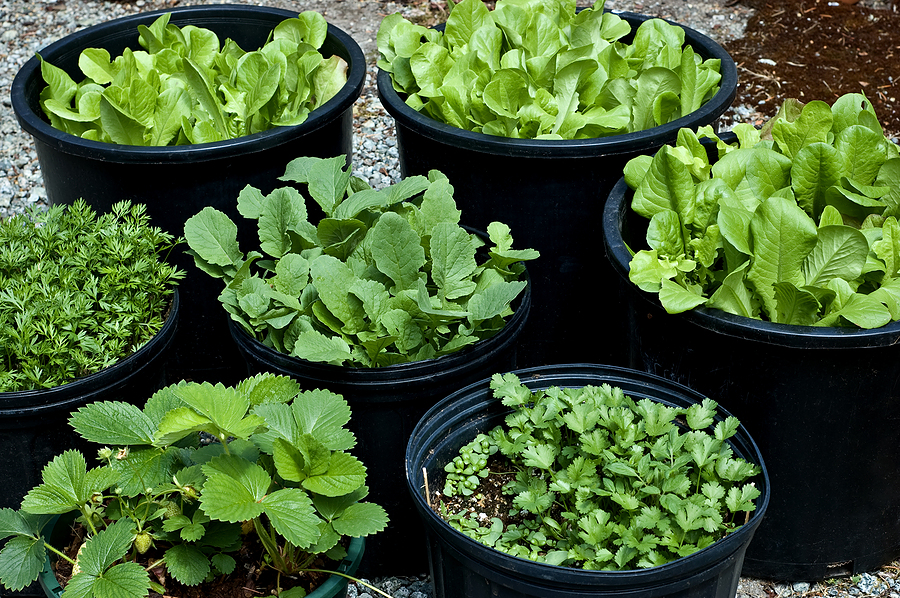Time is a key factor in determining when to harvest vegetables. You want to be sure to harvest them when they are on the verge of maturity. The time of day is also a factor in assuring that you harvest vegetables appropriately.
It’s helpful to keep the seed packet or plant identification marker for each item you plant in your garden. This is where you will find information regarding the estimated time to maturity. If you keep a garden journal, you can write that information in your journal. There are also plenty of charts available on line that list the average time for specific plants to reach maturity. Even with that information available, soil conditions and weather conditions can affect the exact amount of days it takes your vegetables to reach the harvesting stage. Therefore, consistent attention to your garden is the best way to determine when a vegetable is ready to be harvested.
It’s important that you harvest vegetables based on their individuality. For example, not all beans should be picked at the same length. Pole beans are ready for harvest when they are approximately five inches long. On the other hand, yard long beans or Asian beans should be at least 15 inches long before they are picked. You can’t base your harvesting time solely on appearance. Peppers are ready to be harvested when they are full size, even though they’re still green. If you leave them on the vine until they turn red, they will lose some of their crispness. Hot peppers left on the vine will continue to get hotter. It’s generally best to harvest vegetables when they are young and tender. It’s also essential that you handle these tender vegetables carefully to avoid bruising them. Don’t leave the vegetables you pick sitting outside in the hot sun. Take them indoors immediately after harvesting them.
It’s best to harvest vegetables in the early morning hours, just after sunrise. This is when your vegetables will have the highest water content. If harvesting in the morning doesn’t fit into your schedule, your next best option is early evening. Once harvest time arrives, you should check your garden daily. You might be amazed at how fast tomatoes ripen and squash grow. If you’re pinched for time and are struggling to keep up with your rapidly maturing vegetables, you can delay harvesting the root vegetables you planted such as onions, potatoes and carrots.
Herbs should be harvested after the morning dew dries and before the afternoon sun heats up the day. Herbs should be harvested before they flower. Herbs are less prolific after they bloom. You can begin harvesting herbs early in the season. You can harvest between 50% and 70% of the plant at one time. Typically, annual herbs can be harvested until frost.
Once you’ve invested time and effort into growing a garden, you want to be diligent with your harvesting routine. Picking the vegetables at precisely the right time is the best way to enjoy their flavor and freshness.
If you liked this, you might also enjoy…

